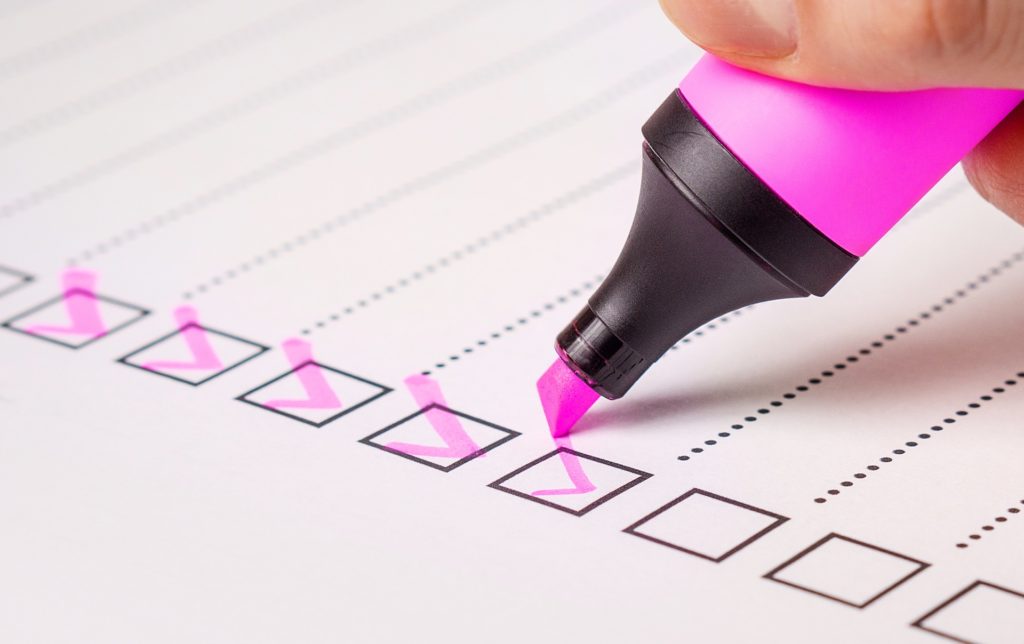ABC News just did a video news story. on American Products Selling in China. Though it is the proverbial three minute puff piece, it is right in pointing out the huge opportunities to sell American products in China.
It starts out noting how “the Chinese spent $104 billion in U.S. exports last year — up 542 percent from 10 years ago.” It then highlights some large and small U.S. businesses that are trying to sell their products into China or have already succeeded in doing so. Everyone is happy and everything is as easy as simply putting your product on the Internet and waiting for Chinese consumers to buy your products at full retail. Real life though is quite different.
The clip fails to touch upon the following basic matters that nearly all companies looking to sell their products internationally should be considering:
- Logistics
- Customs/Duties/Regulations
- Organizational structures
- Intellectual property
- Getting paid
So we will.
Logistics. We are international lawyers, not logistics professionals, but we know enough to know that if you are going to sell product into China, you need to figure out the best way to get it there, store it there, and deliver it to its intended recipients.
Customs/Duties/Regulations. I just received an email from someone asking me why they needed to pay 18% at China customs for its food product, while one of its competitors was paying 7%. The e-mailer wrote the letter as though we would have an answer right off the top of our heads, but our response was essentially that it may be because of a difference in processing of the product, it may because of a difference in sizing of the product, it may be because of a difference in from where the product originates or was processed, or it may even be because one of the numbers was wrong. We would need to know a lot more to help. A few weeks earlier, someone called one of our international trade lawyers because China customs had just refused entry of their product into China because it did not meet China’s safety standards. The caller kept saying how it had “never even occurred” to them that China might have tougher safety standards than the United States. You need to know your product meets China’s customs requirements before you ship it there.
Organizational Structures. How exactly are you going to sell your product into China? Will you do this from the United States? If so, you will not be able to take RMB unless you use some sort of intermediary. Are you going to use a distributor in China to get your product sold? If so, will this be an exclusive or non-exclusive arrangement? Who will pay for marketing? Who will repair the product when something goes wrong? How will you make sure your Chinese distributor does not do something to tarnish your reputation? See China Distribution Contracts: The Basics. Or will you set up a (WFOE), a Joint Venture, or a Representative Office to handle your China sales? Do you have even a basic understanding of how China retail works? Have you figured out what taxes in China will you need to pay?
Intellectual Property. If you want to prevent others from using your brand name or your logo in China, you must register those as a trademark in China and you should do so before you sell any product there. You face similar issues regarding copyrights and patents.
Getting Paid. Presumably, you are seeking to do business with China so as to increase your profits. Unfortunately, selling product internationally has a risk of non-payment. China has all sorts of special requirements you will need to meet to allow your buyers to send you money from China.
If you are going to sell product into China (or anywhere else internationally), you should consider employing the following to increase your chances of not getting stiffed:
1. Secure some of the payment in advance. This obviously will not guarantee you full payment, but it is better to lose some as opposed to all from a sale.
2. Conduct due diligence on your buyers.
3. Secure a Documentary Letter of Credit. With this, you will be paid when there is documentary evidence you have shipped the product according to the terms and conditions of the letter of credit. Smart buyers typically require an inspection certificate to ensure the product complies with the specifications in the contract or the purchase order. This sort of letter of credit mitigates your risk because your buyer’s bank has irrevocably guaranteed to pay upon presentation of the required documents.
We generally recommend our clients secure this letter of credit from a major (not a tiny) Chinese bank, such as Bank of China, China Construction Bank, Industrial and Commercial Bank of China, China Development Bank, and Bank of Communications, or, better yet, from a branch of a known American, Asian or European bank. Warning: We have seen more than our share of fake letters of credit.
To encourage exporting, many countries make it easy and cheap to purchase insurance to cover an improper non payment on a letter of credit.
There are all sorts of variations on the above, but these are the basics.
So yes, ABC, selling into China is rife with opportunities and we would be the last to tell people not to do it, but it is not as simple as you portrayed it.

























